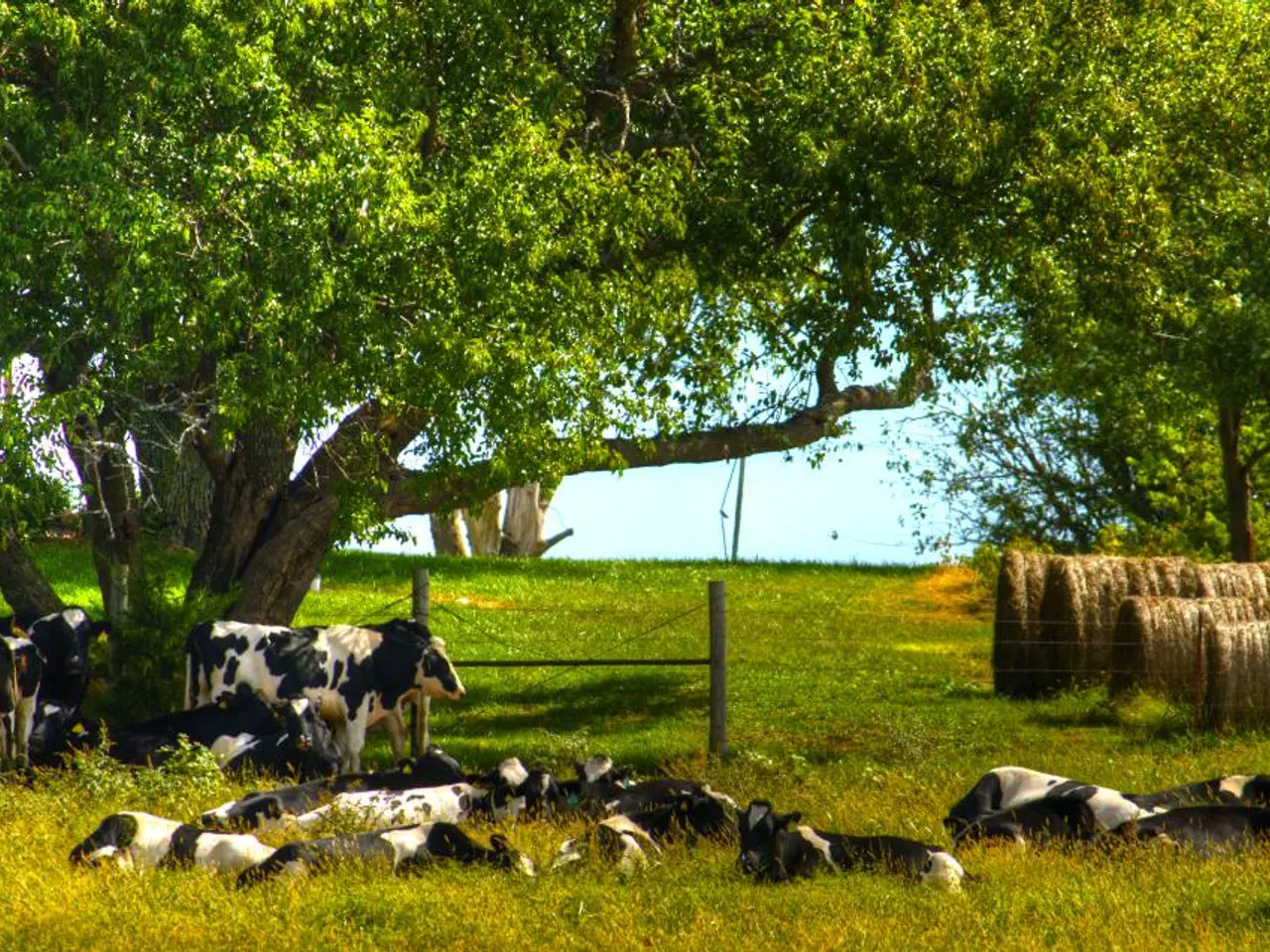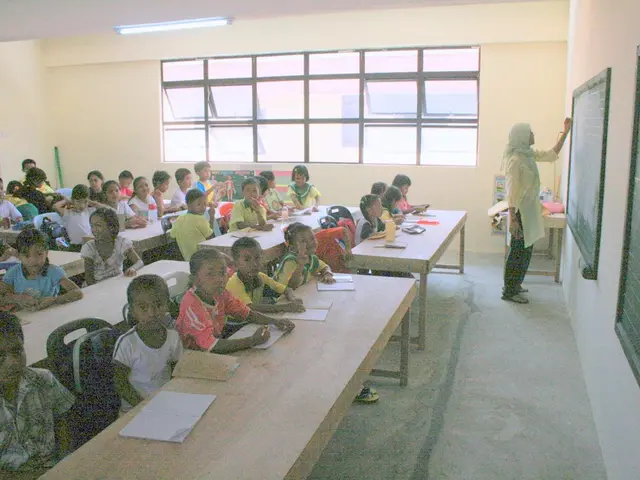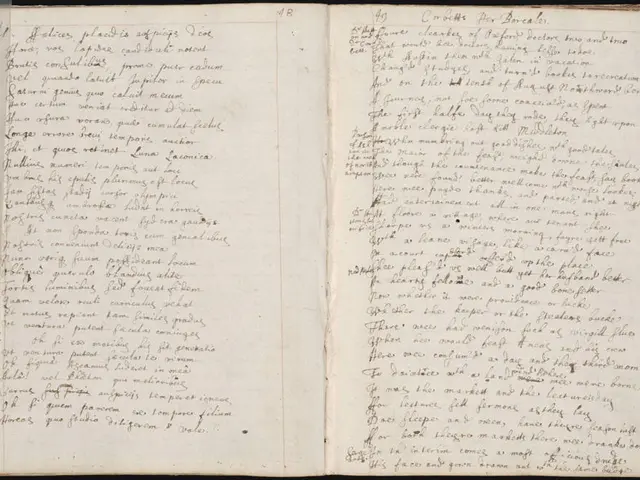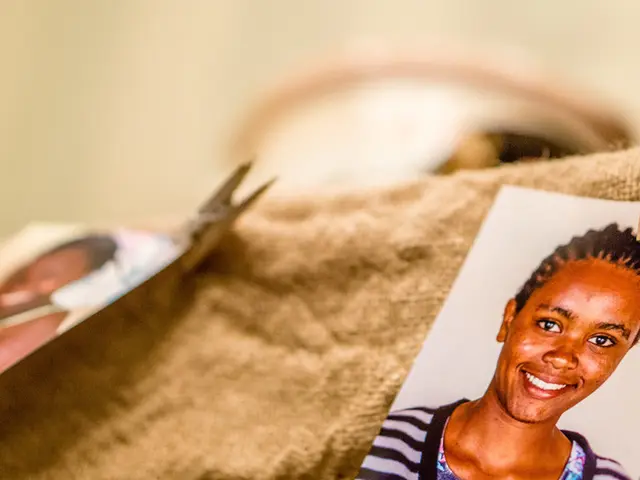Study Reveals Genetic Shift in Sverdlovsk Cattle, Warns of Rising Inbreeding
A recent study by the Ural State Agrarian University, supported by the Russian Science Foundation, has shed light on the genetic status of cattle in the Sverdlovsk region. The research, involving over 1,400 DNA samples, provides valuable insights into the breed dynamics and genetic health of local herds.
The study revealed a shift in the local herd from the traditional Ural type of black-and-white cattle to the Holstein breed, a process now complete. This transition, known as Holsteinization, has been accompanied by a significant reduction in harmful genes causing embryo and calf mortality, thanks to timely genetic testing.
However, the research also highlighted concerning trends. The level of inbreeding is increasing in young generations and breeding bulls, which could potentially reduce disease resistance and reproductive performance. The use of genomic data, though, has provided a detailed understanding of the temporal separation of breeds and the dynamics of genotype mixing in the genetic structure of herds.
The study's findings can significantly boost the economic efficiency of dairy farming in the Sverdlovsk region. By contributing to the formation of healthy and stable cattle populations, it marks an important step forward in the development of Russia's agro-industry. To identify the exact operators behind the Holstein-Rinderherden zuchtprogramme in the region, one could consult specific databases, official websites of regional authorities, agricultural faculties at local universities, the Russian Ministry of Agriculture, or relevant industry associations.







